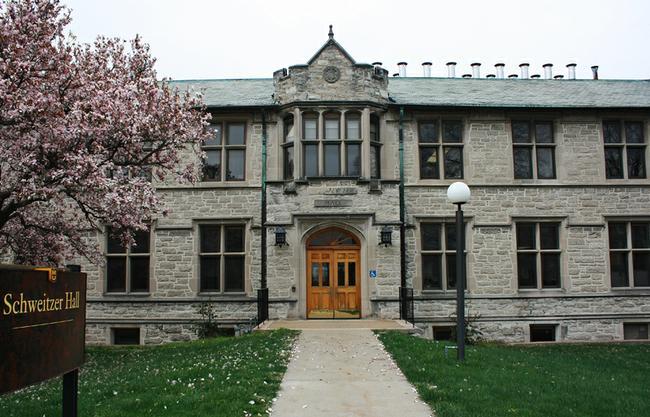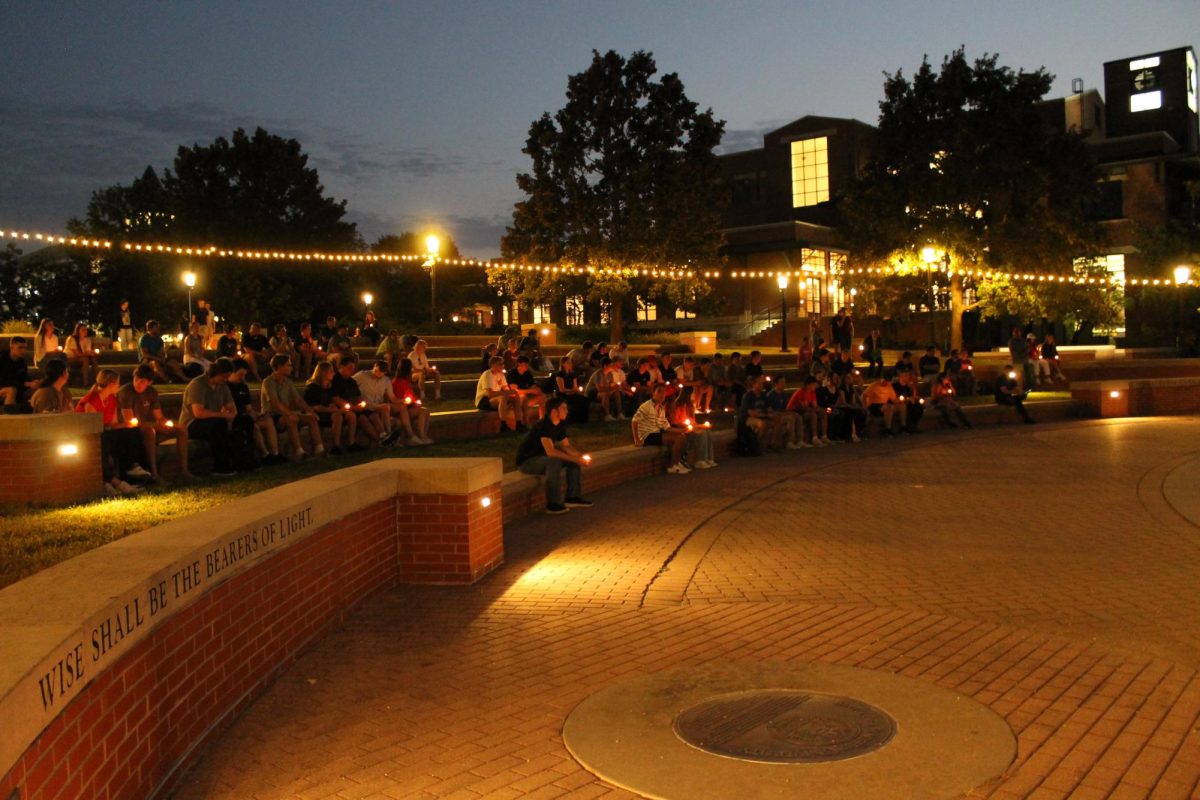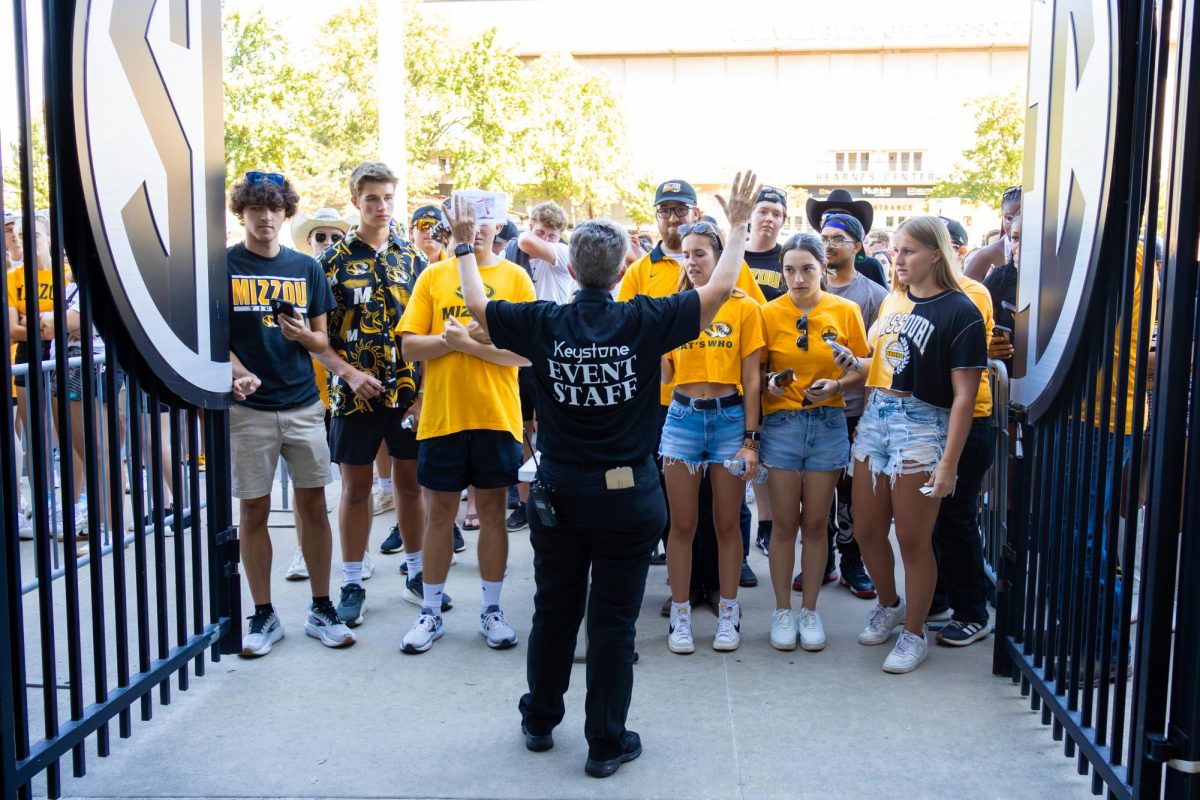Renovations to the Schweitzer Hall lab that exploded in June have been completed in the last two weeks.
Renovations have been in progress since June 28, 2010, when an experiment triggered an explosion that injured four lab members. The most seriously injured lab member suffered multiple superficial lacerations and hearing loss and was consequently hospitalized overnight. The member is now fully healthy.
“We have determined that this was accidental,” Columbia Fire Department Battalion Chief Steven Sapp told The Maneater in July 2010. “There were several things in the tank that could have sparked it, but we were not able to determine exactly what sparked the hydrogen.”
To prevent a similar accident from occurring again, the laboratory underwent a complete renovation throughout the year. Judy Wall, who was the professor overseeing the experiment that resulted in an explosion, said the laboratory has several improved features.
First, most of the anaerobic chambers are now in a common area, which requires fewer compressed gas tanks. She also said new, “amazingly sturdy” braces have been set in place to secure the gas cylinders.
The aisles in the lab are wider, and two exits are now available. In addition to a fume hood, an exhaust snorkel is now present in the lab. Both are used to remove noxious fumes, Wall said.
Now, the sink used for dishwashing can be accessed through a passage. This is intended for carts holding glassware, so that they will no longer need to be rolled through the main traffic routes in the lab. Finally, the lab now features an open-ceiling design, which means that it is not a dropped ceiling with tiles.
“That will likely keep down some of the mold growth,” Wall said.
The new safety measures should inhibit the chance of an explosion, she said.
“Explosions will not occur from the use of hydrogen for our anaerobic chambers because we are using premixed gases of 95 percent nitrogen and 5 percent hydrogen,” Wall said.
MU’s Environmental Health and Safety division is dedicated to preventing accidents such as the explosion in the future.
“Campus policy states that my office will develop and implement programs to ensure regulatory compliance and provide a safety work environment,” EHS Director Peter Ashbrook said. “We have developed a variety of programs to address various aspects of laboratory safety. These programs place primary responsibility on faculty and supervisors for ensuring that researchers are trained and follow proper procedures.”
He said his office works with the campus community as an in-house consultant to provide advice and assistance in identifying and preventing hazards. The EHS Office conducts periodic laboratory visits as well, to review work environments and practices.
Wall said she is confident there will not be another accident similar to last summer’s.
“Of course, I would like to think we will have no accidents of any kind, but life does not come with guarantees,” she said.
Ashbrook said accidents of the explosion’s magnitude do not happen often. According to Maneater archives, the last laboratory accident was in November 2009, when phosphorous-32 spilled onto a researcher’s shoes. The radioactive isotope was then tracked throughout the building and outside.
“Laboratory incidents involving injuries and significant building damage are unusual at MU,” he said. “I can’t think of any such incidents in the 11-plus years I have been EHS director.”








